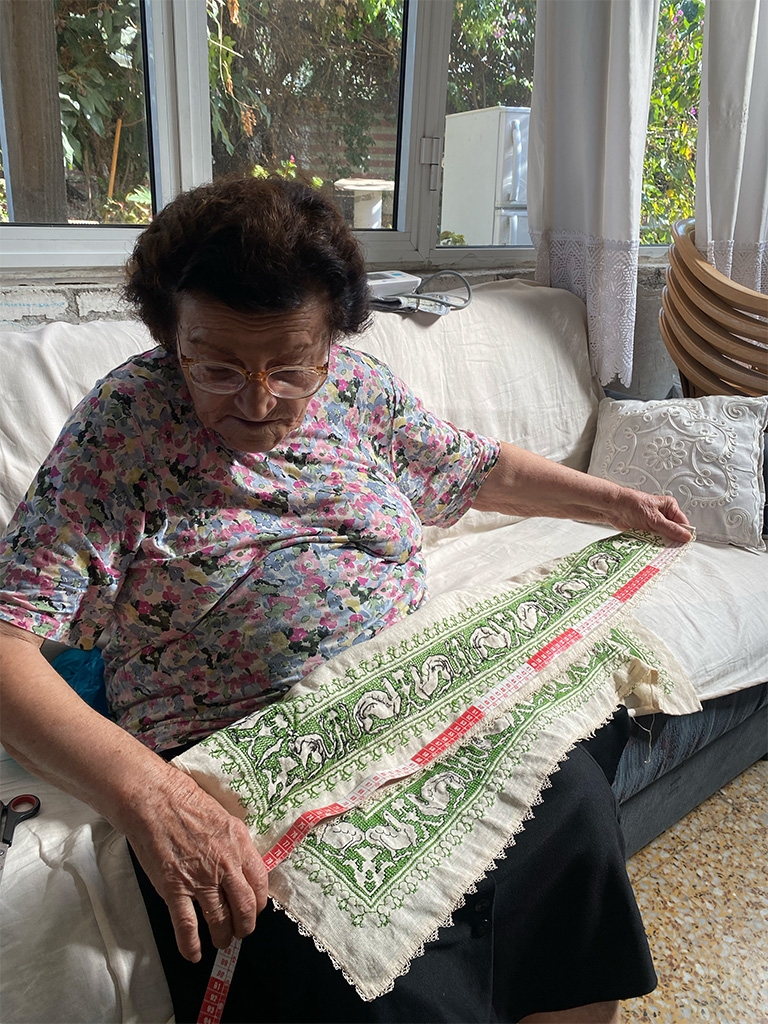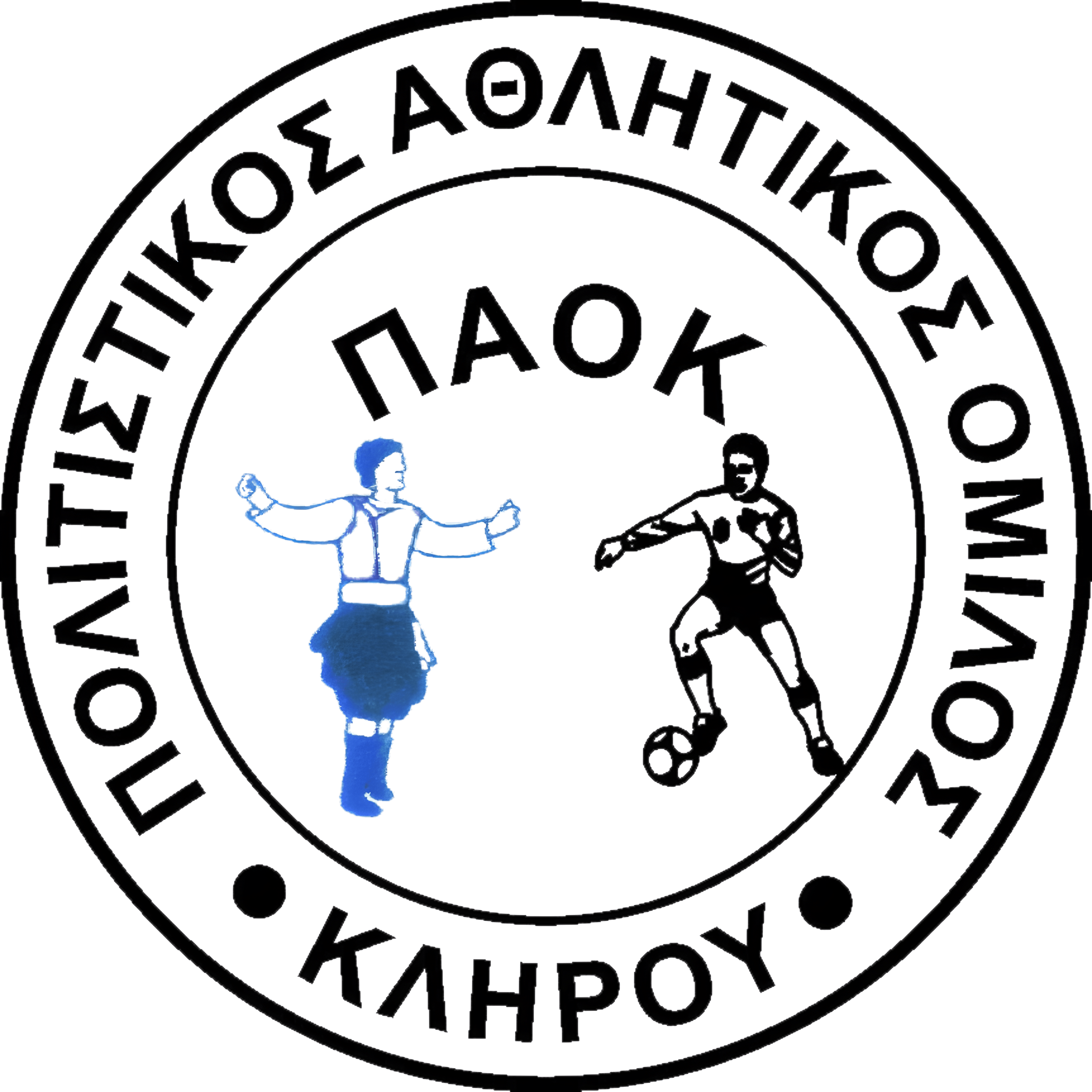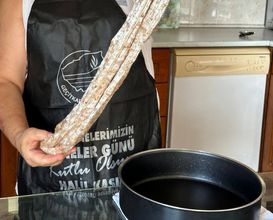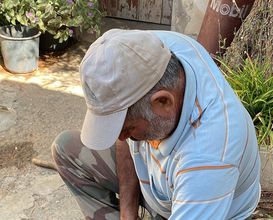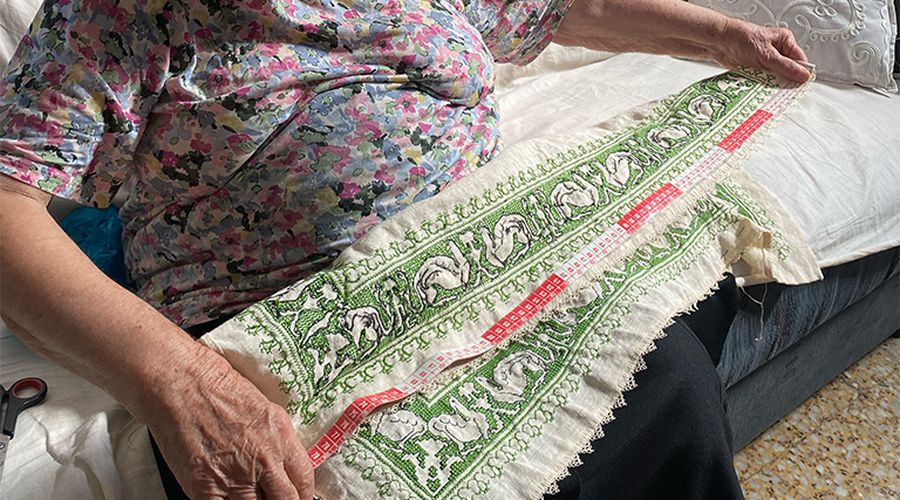
Sıdıka Ruso
Born and raised in Lapta in 1942, Sıdıka Ruso married Derviş Ali Ruso, who was also from Lapta, at the age of 19. She has four daughters, one son, twelve grandchildren, and six great-grandchildren. Her journey with Lapta “hesap işi” embroidery began around the age of ten, when she would curiously observe the intricate handwork her mother and aunt spent hours creating.
Sıdıka’s first embroidery order began with quite a memorable story. Excited to take on her first commission, she accepted the bardaklı motif requested by the customer. Although it was known to be a particularly difficult design to embroider, she agreed because she admired its colours. Today, she could finish the same piece in just four days, but at the age of 12, new to the craft, it took her an entire month of hard work and dedication. Just as she finished, her younger sister accidentally spilled walnut juice on the embroidery, ruining it before it could be delivered. Although her mother told her not to worry, she was heartbroken about losing the 1.5 British pounds she would have earned for the first time with her own hands.
Having devoted her life to this craft, Sıdıka Ruso says that embroidery has been “the colour of her life,” helping her overcome stress and hardship. Between 1967 and 1970, while living in a refugee camp under difficult conditions, she struggled to find materials. During that time, she met a Greek Cypriot shop owner who helped supply her with fabric and threads, allowing her to continue her embroidery and sell her work. This partnership increased her income, and through that shop, Lapta embroidery reached several European countries, where it received great admiration. According to Ruso, Europeans still have a strong interest in this traditional handcraft and continue to purchase it.
Sıdıka works mainly on linen fabric, explaining that the quality differs depending on the type of cloth. While French linen was once used, she now prefers Irish linen, which she still sources from the Greek side. She has been purchasing her threads from Adana for the past 25 years and has her blouses woven in Turkey for over 30 years. Staying true to the original methods she learned decades ago, she continues to preserve the authentic motifs and techniques. However, she notes that some people have altered the designs and lost their originality. Each motif has its own specific colours and forms, though she sometimes adapts them to her customers’ preferences.
There are many motifs in Lapta embroidery, including the dragon, star, goose, lion, and bardaklı designs. Lapta embroidery is used in a variety of ways—on table linens, clothing, and decorative fabrics for living rooms or dining areas. The pieces typically come in sizes such as 90x90 cm, 75x75 cm, or 65x65 cm.
Sıdıka often says:
“Benim sanatım elimde altın bileziktir.”
“My art is a golden bracelet on my hand.”
By this, she means that her craft has always supported her, something precious that can never be taken away. She wishes for young people, especially young women, to keep this cultural tradition alive and learn the craft from her, though she admits that interest among the younger generation has sadly declined.